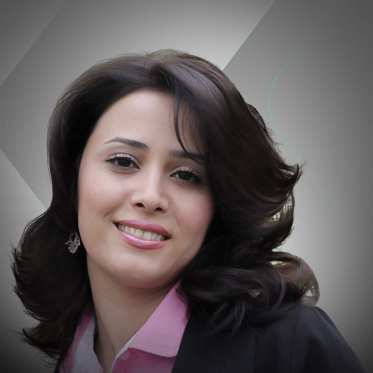How nationalism can turn feminists into agents of patriarchy

LOS ANGELES, United States (Kurdistan24) – For over a century, women in Iran have struggled to achieve gender equality, but to no avail. They are still officially subhuman in the eyes of the state.
Women are denied the right to divorce their husbands and gain custody of their children except under strict circumstances. They are unable to work or leave the country without their husband’s permission.
In fact, a woman cannot marry without her father or a male guardian’s authorization.
The over 100-year-old women’s rights movement has failed because of numerous pressing obstacles, including life under a theocratic government that severely suppresses any challenge to its “divine” rules.
However, an unacknowledged source of division among feminists in Iran is the ethnocentrism of the dominant group. Most female activists are either unaware that ethnicity and feminism intersect or are simply too afraid to discuss this important subject, which has become taboo.
Iran has long strived to assimilate ethnic and religious minorities within its borders, including Kurds, Baluch, Aazeris, Turkmans, Baha’is and Jews. Discussing the individuality of these groups frightens Iranians who believe that diversity would endanger their land by instigating separatist outlooks.
Separatism in Iran is not a political term; it equates with “treason.”
In their denial of intersectionality, women activists have turned into agents of patriarchy and reproduce national chauvinism. Since Iranians are under extensive pressure to assimilate, the majority of feminists have tied their cause to their mainstream views.
This is true even of some feminists born and raised outside of the capital. They strive to help the mainstream voice become the only voice addressing women’s plight. Since they feel it is the only powerful voice acknowledging the plight of women, they feel they should give the mainstream their allegiance and attention.
My Stealthy Freedom campaign during which women posted pictures of themselves on Facebook without a headscarf gained tremendous support. So did the campaign to allow women to enter sports stadiums, a place off-limits to female fans.
While these are worthwhile causes, activists need to understand that in a country where women suffer from the severe injustice of polygamy, suicide, female genital mutilations (FGM) and honor killing, pretty causes cannot be a priority.
That’s where the chasm lies. In the priorities.
It is still a common expectation in many provinces in Iran, including Azerbaijan and Kurdistan, that a young bride acquires a certificate of chastity from a gynecologist who examines her hymen.
A campaign to eliminate that practice is not marketable because the majority of women in the capital no longer have to deal with the humiliation of the “virginity” examination, and so it is not a pressing matter for them.
Also, this is more of a cultural problem than a political one because the government does not require the examination.
Moreover, giving this issue a voice would mean airing the dirty laundry of an already demonized nation that tries too hard to show the world it is westernized despite its theocratic government.
Another situation that needs immediate attention is the alarming statistics of female self-immolation in Kurdish villages in Iran.
For these women, who struggle with strict patriarchy, poverty and geo-political and domestic violence, the dramatic use of fire becomes their loudest cry for help and their only act of control over their bodies.
Additionally, marginalized women share ethnic subjugation with their men. Husbands and fathers who are oppressed themselves tend to be more violent with their female family members.
Overall, Kurdish women in Iran suffer from a tangled knot, a combination of ethnic, political, economic and gender oppression.
Provinces such as Sistan-o-Baluchestan, Khuzestan, Lorestan and Kurdistan–which are located near the borders of Iran and are home to non-Persian ethnic groups–flounder.
For the children in these regions, the first grade of elementary school is often a traumatic experience, since they have to learn literacy along with a new language.
That is an unrelenting matter for ethnic mothers while it is rarely an issue for a Persian feminist.
While marginalized activists acknowledge that all women in Iran are subject to discrimination, they believe that focusing only on the situation of the dominant group means turning a blind eye to the realities of life for millions of women who live outside of Tehran or in its slums.
A well-known Iranian feminist based in Europe was contacted to comment on intersectionality or its lack thereof and the multiple levels of oppression ethnic women in Iran suffer. She responded: “I am so sorry, but I am not interested to waste my time and energy to promote something that does not show minimum respect to what I believe in as feminist ethics [sic].”
She ignored follow-up requests to clarify what she meant by “something” and did not explain why discussing ethnicity and feminism would go against feminist ethics.
Thus, dominant Iranian feminists fail to observe or acknowledge the simultaneous oppression that underserved women experience.
As long as dominant Iranian feminists fail to see the ethnocentrism in their backyard and the simultaneity of oppression for the underprivileged, they are (unwitting) agents of patriarchy by reproducing national chauvinism.
Reporting by Ava Homa
Editing by Karzan Sulaivany
